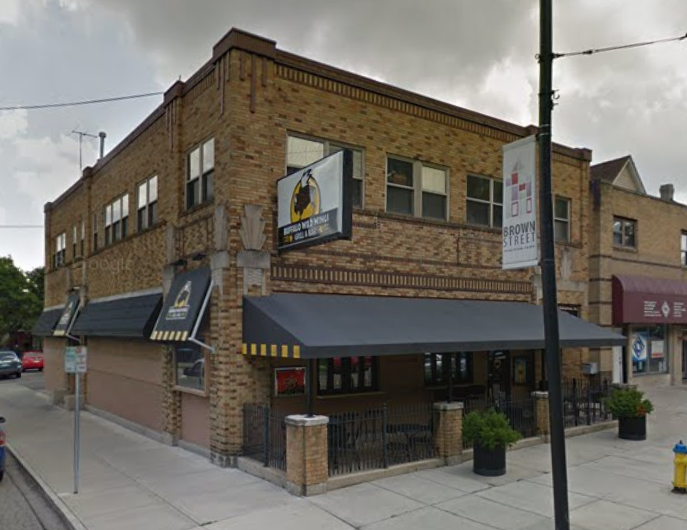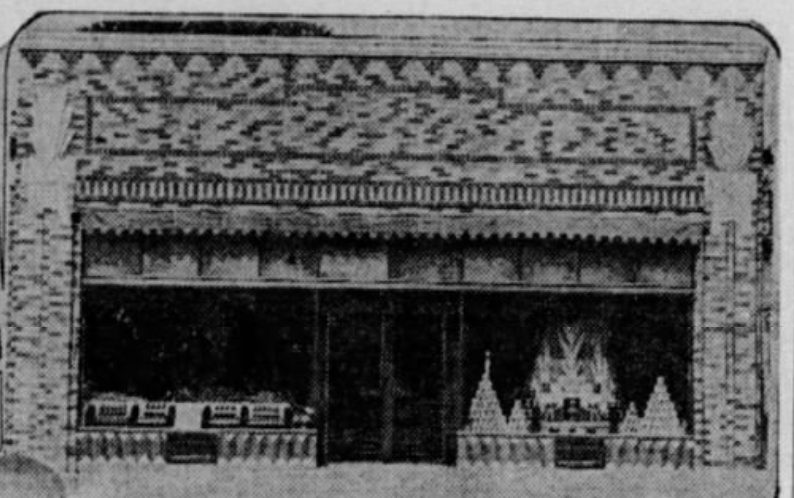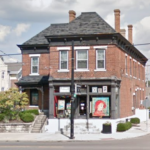
The building at the corner of Brown and Lowes Streets in Dayton has long been associated with food.
Today’s it’s a Buffalo Wild Wings restaurant, but throughout much of the 20th century it was a grocery store known as King’s Market.
This site, as with many others like it on Brown and Dayton’s other heavily-trafficked thoroughfares, evolved incrementally over the years.
Originally opening at 1900 Brown St. as Brelsford & King’s Market in 1914, it was operated by Wilbur Brelsford and Arthur King. The business previously been located at Third and Ludlow, but moved to higher ground following the Great Flood of 1913.
Brelsford departed in 1927 and the organization became the A. L. King Sons Co., which was a member of the True Blue group of grocers.
In 1931, business had picked up considerably and King eyed a new building. The old structure was torn down on March of that year, and one article at the time said that its replacement “will mean the removal of another old land mark.”
The new modern brick structure, however, was widely praised when it opened in June.

The “handsome new quarters” were called “one of the most attractive residential section food shops to be found anywhere in Dayton … a headquarters 56 by 70 feet, equipped with refrigeration and sanitation features that guarantee freshness and high quality of foods.”
Arthur King was assisted in the business by his two sons Louis F. King and Charles E. King. The market was “known for its fine line of staple and fancy groceries, as well as the best delivery service in Dayton. Every department, from that of meat to fruits and vegetables is looked after with immaculate care.”

At some point a second story was added to the structure.
The elder King retired in 1945, and Charles and Louis took over. Ownership left the family for a while in the 1950s but in 1973 it was re-acquired by George King, son of Charles.
Unfortunately, though, its days would be numbered.
Inspectors from the Montgomery County Combined Health District visited the store in 1976 and found numerous violations that set in motion the store’s closure after 62 years at the Brown Street location.
King “bitterly blamed” the inspectors and their “list of 30 violations that he says would cost him $60,000 to correct.
The head of the county health division David B. Peden countered that the Kings “put themselves out of business by not keeping up maintenance of the store.”
The violations included wooden shelving that had become rough and uncleanable, the market’s wood floors, and a meat display case that had a damaged door allowing asbestos fibers to fall into the food.
The last point was disputed by King who said that “it’s an old case. There is no way to find new seals for the door. We would have to replace the whole meat display case.”
As he was unable to make the required repairs or find a buyer for the market, King closed the market in August of 1976 and left the grocery business.
As reported at the time, the closure meant “an end to one of the few markets that cut meat on the premises, offered delivery service, extended credit and called regular customers by their first name.”




I went to that store often! We lived up the street on Lowes Street. This was before I turned 10!